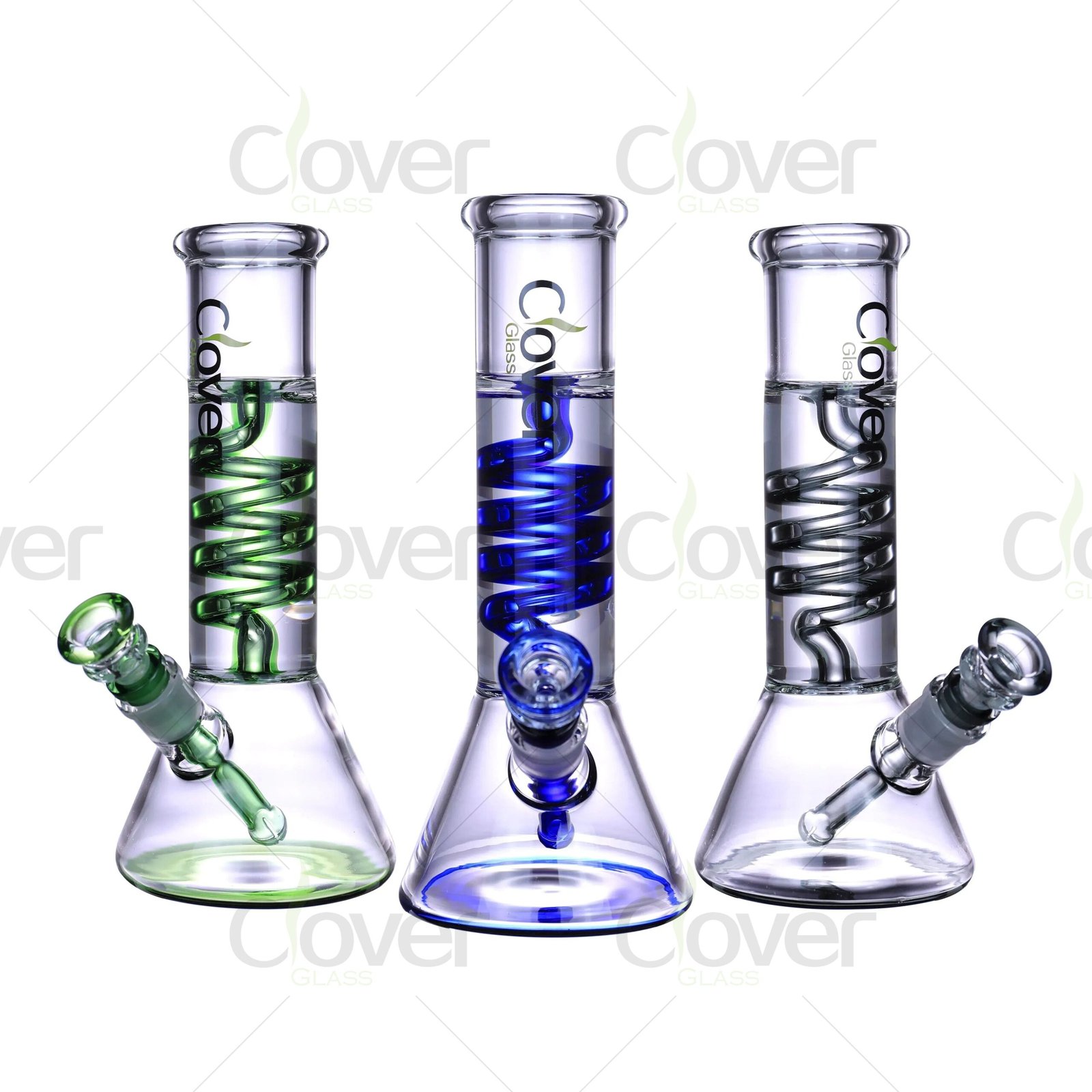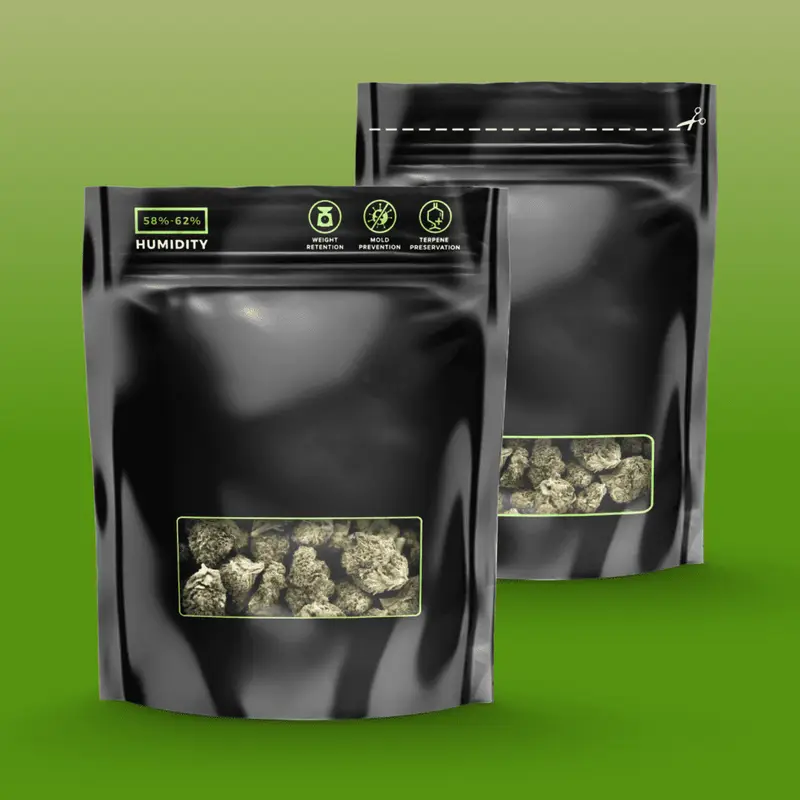I find it amazing how just a few plant categories can spark so much curiosity. You might think it’s all the same, but there’s a world of diversity out there.
There are three primary cannabis categories—Indica, Sativa, and Hybrid. Indica plants are known for their sturdy frame and soothing effects, while Sativas grow taller and may offer more energetic experiences. Hybrids fall right in between, combining traits from both. Beyond these big three, there are lesser-known varieties like Ruderalis and specialized cultivars emphasizing certain cannabinoids or aromas. Each category has unique features that can help guide your choices, whether you’re aiming for relaxation, alertness, or a balanced blend.
Let’s explore each type in detail and see what sets them apart.
What Are the Main Categories of Cannabis Plants?
Most discussions revolve around Indica, Sativa, and Hybrid. They’re considered the core types, each with different plant shapes and potential effects.
The three main cannabis plant categories serve as a starting point for anyone trying to understand this plant family. Indica plants are typically short and bushy, Sativa plants can grow tall and lean, and Hybrid varieties mix the genetics of both. These categories give you a basic roadmap, helping you focus on what might align with your preferences.
How Do Indica and Sativa Cannabis Plants Differ?
Indica and Sativa have distinct attributes, from their growth patterns to how they’re often perceived by consumers.
Indica strains usually feature broader leaves and faster flowering times, growing well in cooler climates. They’re often associated with calm, full-body sensations. Meanwhile, Sativa strains thrive in warmer regions, boasting slimmer leaves and sometimes taking longer to mature. Many people link Sativas to a more vibrant or uplifting feel. Both types offer varied benefits, so choosing between them often depends on your goals.

What Is a Hybrid Cannabis Plant and Why Is It Popular?
Hybrids bridge the gap between Indica and Sativa, giving growers the chance to blend different features into a single plant.
A Hybrid cannabis plant carries genetic traits from both Indica and Sativa, creating a spectrum of possibilities. Some hybrids lean toward the calming effect of Indicas, while others highlight the lively aspect of Sativas. This versatility makes hybrids incredibly appealing to people seeking a customized balance. Because they inherit characteristics from both parents, hybrids are a popular choice when you want a little bit of everything—perhaps mild relaxation plus a pinch of focus or creativity.
Are There Other Varieties of Besides Indica and Sativa?
Yes, you’ll often hear about Ruderalis and various specialized cultivars that don’t neatly fit into the Indica-Sativa conversation.
Cannabis Ruderalis is a lesser-known variety prized for its autoflowering traits, meaning it switches from vegetative to flowering phase based on age rather than light cycle. There are also many strains developed for unique cannabinoid or terpene profiles—like high-CBD plants aiming for minimal psychoactive effects. These special cultivars can be invaluable for those seeking targeted experiences or specific medical applications, emphasizing flavors, aromas, or desired potencies.

How Do Cultivation Techniques Influence Cannabis Types?
Growing methods have a big say in the plant’s final characteristics, whether it’s flavor, yield, or overall health.
Different environments—from hydroponic setups to outdoor fields—have a direct impact on how cannabis matures. For instance, indoor growers can fine-tune humidity, temperature, and light schedules to coax specific traits. Outdoor cultivators rely more on natural sunlight, climate patterns, and soil composition, sometimes producing earthier flavors or bigger harvests. Nutrient mixes and pruning methods also help shape growth, influencing a plant’s overall robustness and the balance of cannabinoids. These cultivation choices can even turn an otherwise pure Indica into something that feels a bit more like a Hybrid.
Which Cannabis Type Should You Choose Based on Your Needs?
Picking the right type depends on factors like desired effects, setting, and personal preference.
If you’re leaning toward restful or mellow vibes, an Indica-dominant option might suit you well. Those seeking an energetic or focused mood might try something Sativa-based. Hybrids occupy the broad middle, offering opportunities for both moderate uplift and gentle relaxation. For special uses, niche cultivars—like high-CBD varieties—may meet specific needs. Ultimately, the best fit is the one that complements your lifestyle and goals.

Understanding cannabis types goes beyond just looking for the words “Indica” or “Sativa” on a label. When you dig a bit deeper, you’ll find a variety of nuances that can shape your experience. Each type carries distinct growth patterns and matures at its own pace. While Indicas usually produce broader leaves and compact buds, Sativas can stretch taller and form more airy clusters. Hybrids, true to their name, blend these traits in countless ways, sometimes favoring the Indica side, sometimes leaning Sativa, or settling evenly in the middle.
How you cultivate these plants plays an essential role. Environmental factors like temperature, humidity, and light cycles can encourage or alter specific traits. A grower might start with an Indica seed but, through advanced pruning methods and selective fertilization, end up with something that blooms faster or features different bud structures. Conversely, a Sativa grown outdoors in a cooler region might reveal characteristics you’d typically expect from Indicas, such as denser flowers or a slightly shorter stature.
Below is a brief table highlighting key growth factors:
| Factor | Influence on Cannabis |
|---|---|
| Light Exposure | Affects plant height and flowering stage |
| Temperature | Can alter bud density and growth pace |
| Soil / Medium | Shapes flavor profiles and nutrient uptake |
| Nutrient Balance | Impacts plant health and overall yield |
For many people, the choice of cannabis type is only part of the equation. The way a plant is grown can refine—or in some cases, redefine—how Indica, Sativa, or Hybrid traits manifest. Understanding these cultivation layers helps you better appreciate why two plants labeled as the same strain can still end up tasting, smelling, and feeling quite different.
Conclusion
Knowing the different cannabis types can guide you toward a more informed choice. Whether you gravitate to the steady calm of Indicas, the uplifting zip of Sativas, or the balanced nature of Hybrids, each category has unique strengths that may align perfectly with your specific needs.






